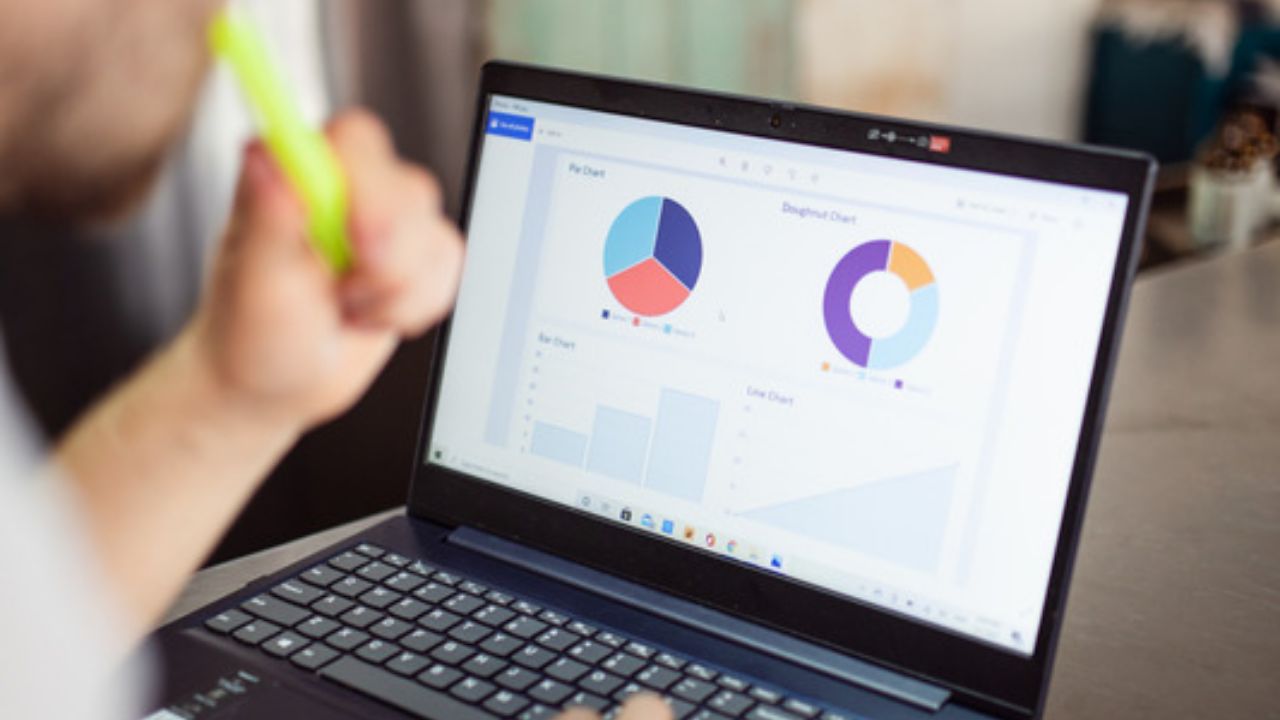How does the Active Peers AI process work?
Take a look at our proprietary algorithm, custom built technology and unique method!
Our unique process consists of six tried and tested steps to ensure participants get the best peer-learning experience possible and facilitators achieve their goals.
01
Profile Generation Tool
What do your people know and what do they want to learn?

We provide two types of semi-automated survey tools:
- Pre-built full version, and
- Customisable simple version
Both styles collect basic information about event participants and set the scene for AI matching.
02
AI Matching
How can you maximise the diversity in the room (virtual or physical):
We developed our unique AI matching algorithm to produce accurate and fast results .
Moreover, you can set up various matching conditions (gender, tenure, seniority etc) and manually adjust the results as you need.

03
Peer Learning Prompter
How does everybody maximise the benefit from the conversation?

You know those great conversations you've had where you've had a lightbulb moment or a gem of an insight?
We developed our prompter to reverse engineer a successful learning transaction every single time through many, many iterations.
04
Conversation Analysis
What were the key points discussed and questions raised in the conversation?
Our transcription service does all the note-taking for you.
Our powerful AI engine generates an accurate summary, a decomposition of talk time, main keywords and named entities mentioned during the conversations and bullet points of the discussions.

05
Tailored Feedback Tool
What did we learn from each other and how can we put it into practise?

Our tailored feedback tool helps people focus the conversation on outputs
The analysed feedback provides easy-to-understand diagrams and charts on a shareable report. Keyword analysis means you can get a summary of the conversations at a glance.
06
Dashboard and Report
What have we learned from our people and what actions should we take now?
The dashboard highlights the aggregated data through colour-coordinated categorisations and diagrams.
For more detailed data exploration, you can use the filter and table visualisation functions. Also, you can share these reports with stakeholders quickly and securely.



